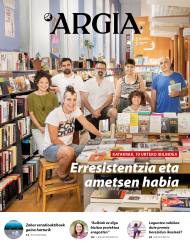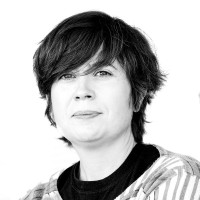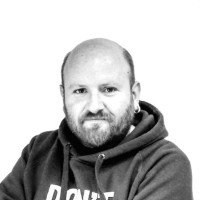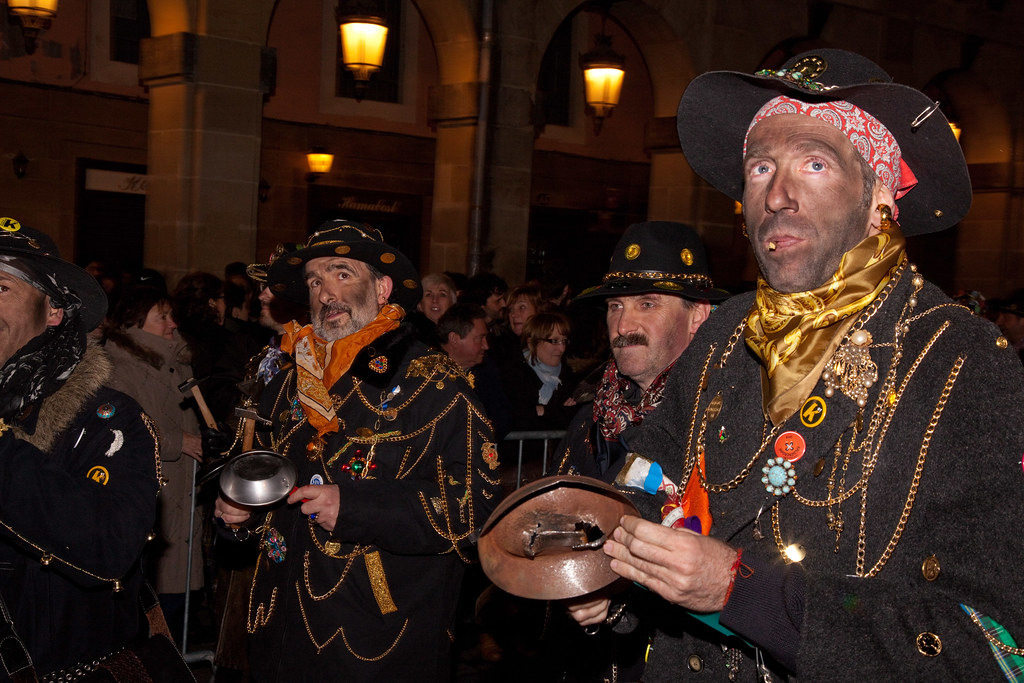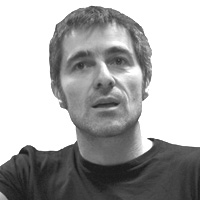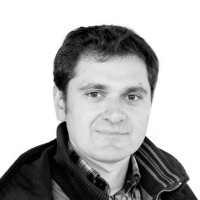Dazzling luminosity
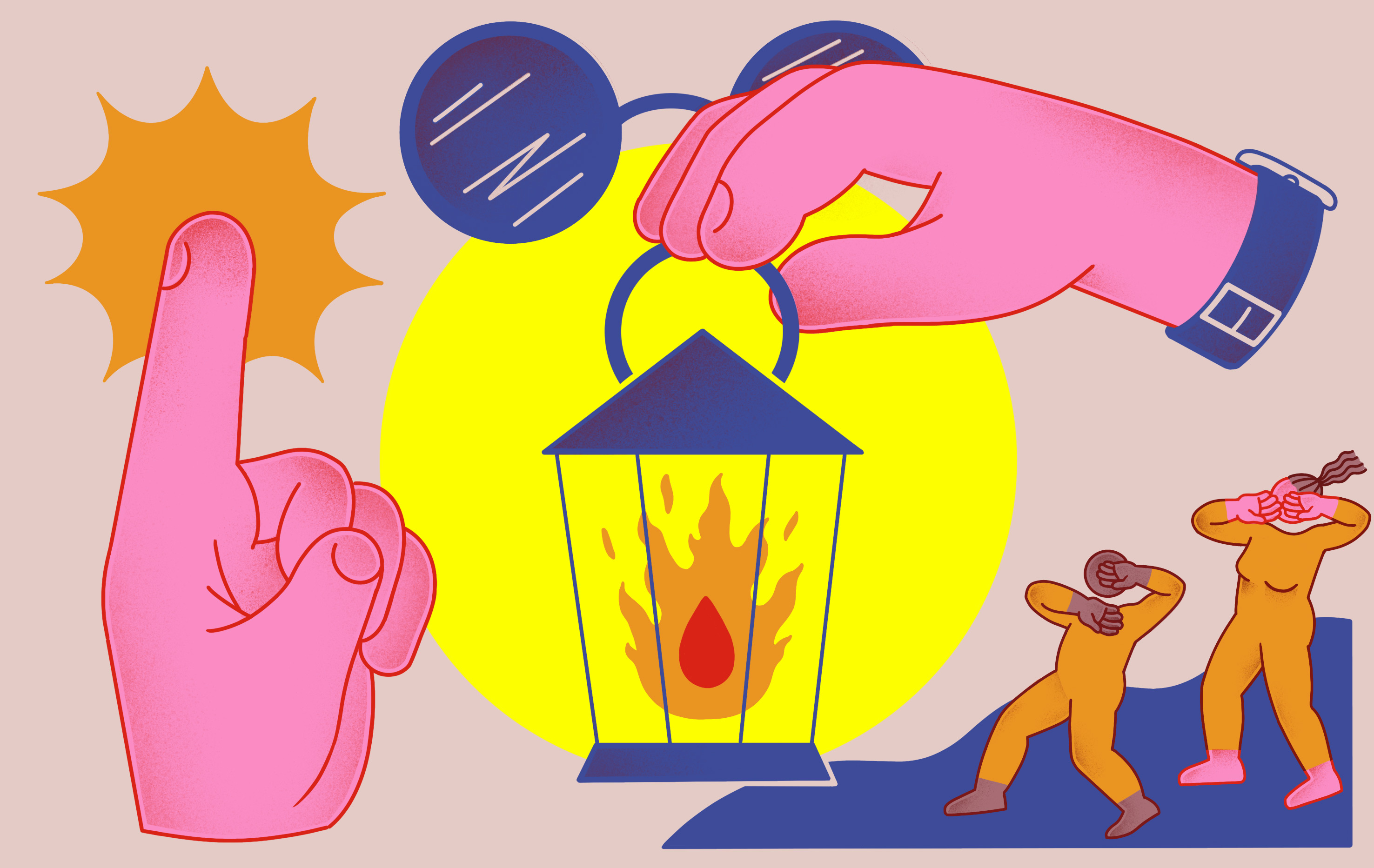
The tradition of uniting wisdom and light is very old. The metaphors that link both in Indo-European languages are so frequent, so integrated that they are barely consciously perceived. But not only in them, but also in ours, it has the same relationship: we call light the smart person and we talk about light intelligence. Religion has often said that the path of knowledge is bright (trying to dilute the opposition between reason and faith), let us remember the motto Ego sum lux mundi or the doctrine of the enlightenment of Augustine of Hipona. (May the goddesses leave us with bright paths, for more than light paths that go naturally towards the paradois were artificially illuminated paths for hell.)
In ancient times, wisdom was often understood as knowledge of the most luminous objects. Plato played with light and shadow in the famous cave myth, imagining that the path to wisdom, through education, was a liberation from the shadow. Philosopher, philosopher and theologian from the 6th century, accused Aristotle of having made a game of words between sophia (wisdom) and sápheia (clarity), because the former clarified all things. Today for us, to see clearly is to understand well and to be in the dark lost in ignorance.
The same metaphor hides behind the view of the Middle Ages as a dark time. Although it has been fashionable for a long time to repeat that it was not for so long, that is to say, that dark time – you do not know – that we have been painted and that we have represented that it was not the Middle Ages (this time the risk is at the other end: It was not the Middle Ages imagining themselves as something, as a paradise of equality and fraternity). In spite of everything, after the Middle Ages came the Renaissance, resurrecting light and bringing enlightenment to the top, to the Enlightenment, also called “Age of Lights”, for considering that reason came in the hand of the candle, illuminating the darkness caused by blind and uncritical faith.
There are enlightened advertisers convinced that they have more ability than the rest to know how things really are.
German Romanticism – radical contemporary reactions against the Enlightenment and, in most authors, very reactionary – wanted to show that the lights give us away (“A lot of light this century!”, Herder, one of the fathers of Romanticism, shouted. Summer midday light doesn't let you see anything, it burns everything and plans. Things appear much more profiled with oblique light to darken. In dark light, everything is separated and better perceived. At a time of excess light, when there is no shadow, it doesn't look good.
Herder's cry against glare is in Kanten Sapere! has often been understood as contrary to the call (call to personal understanding). I think they are complementary, but this time we are going to avoid that debate.
The truth is that there are clear, i.e. ingenious, quick thinkers who focus on what others do not see and point the shadows as such (I said to the thinker, I could tell the store, the cleaner, the professor or the politics). But there are also enlightened people who think they act under the influence of almost supernatural power, believing that they own the truth. Predictors convinced that things are more capable of knowing than others. Light, simple thinkers illuminated. How do they differ? Is the limit between the two clear and concrete? In both cases, light, the metaphor of knowledge. But has it never happened that the supposedly luminous ones do not stop in time and become listeners? I would say that this has been seen more than once (yes, we all have one in our head! ). May the goddesses not allow clarity to give us.
Bidali zure iritzi artikuluak iritzia@argia.eus helbide elektronikora
ARGIAk ez du zertan bat etorri artikuluen edukiarekin. Idatzien gehienezko luzera 4.500 karakterekoa da (espazioak barne). Idazkera aldetik gutxieneko zuzentasun bat beharrezkoa da: batetik, ARGIAk ezin du hartu zuzenketa sakona egiteko lanik; bestetik, egitekotan edukia nahi gabe aldatzeko arriskua dago. ARGIAk azaleko zuzenketak edo moldaketak egingo dizkie artikuluei, behar izanez gero.
Zer jakin behar dut? Norekin erlazionatu behar dut? Non bizi behar dut? Ardura horiekin gabiltza gizakiok gure gizarteen baitan bizitza on baten ideia bizitzeko bidean. Ondo erantzuten ez badakigu, bazterretan geratuko garen beldurrez.
Joan den astean, kanpoan geratzearen... [+]
Gure lurraldeetan eta bizitzetan sortzen diren behar, desio eta ekimenen inguruan gero eta gehiago entzuten dugu harreman eta proiektu publiko-komunitarioak landu beharraz, eta pozgarria da benetan, merkaturik gabeko gizarte antolaketarako ezinbesteko eredua baita. Baina... [+]
We have renewed the dialogue in the secretariat of the faculty, for the most auspicious: they are far away, for their enrollment, the times when only the students came. The trend has changed for a long time, and parents – most notably mothers – are taking an increasingly... [+]
The argument of a syllogism has three propositions, the last of which is necessarily deduced from the other two. It is with this deductive logic that I can analyze, for me, the long and traumatic socioecological conflict in Carpinteria that is taking place in Navarre.
The... [+]
I have recently worked in class on Etxahun Barkox’s beautiful and touching cobla. The bad guy! The afflictions of the house began because of the creation of the “praube with beauty”, but in seventeen years she had entered the sea of misfortune, having to abandon the girl... [+]
Azken egunak garrantzi handikoak izan dira Bartzelonan, etxebizitzaren aldeko mugimenduarentzat eta espekulatzaileen aurkako borrokarentzat. Urtarrilaren 28an, polizia-armada batek Raval auzoko Massana Zaharrari [zentro sozial okupatua] eraso egin zion goizaldean, aurrez abisatu... [+]
I don't want my daughter disguising herself as a Gypsy in the caldereros. I don’t want Gypsy children at my daughter’s school to dress up as Gypsies in caldereros. Because being a gypsy is not a disguise. Because being a gypsy is not a party that takes place once a year, with... [+]
The road goes by steps, and I learned a little while ago that it seems to have already begun. But people also want to learn to fill that sentence with content. Alone we could achieve little, maybe even resignation as soon as we started. Gathering huge crowds can also complicate... [+]
Ez zuen egoki jokatu, neurriak hartu behar ziren, bestela, ez dugu ikasten. Itxuraz, ez zen ohartzen egindakoaren inpaktuaz, normal jarraitzen zuen, batzuetan, ingurukoek baino itxura zoriontsuagoz. Gainera, altuegi hitz egiten du, hori ez zaio inori gustatzen. Darabiltzan... [+]
The Department of Education doesn't understand why public employees have gone on strike. He's got to ask the LAB Syndicate. This union signed an agreement with the department in April 2023. Two years later they have also called for a strike because, unlike the previous ones, the... [+]
Erretiratu berri den lankide-ohi baten omenez, Historiako irakaslea. Bejondeizula!
Hezkuntza-legeek azpimarratzen dute zein garrantzitsua den ikasleengan pentsamendu kritikoa sustatzea. Baina irakasle-klaustroak, garai batean ideien eztabaidarako eta proposamenak... [+]
The liberal democracy of the Western countries has a growing appearance of a minimalist democracy. At the heart of the definition would be respect for changes in government through elections. The authoritarian variant of this was called competitive authoritarianism by political... [+]









